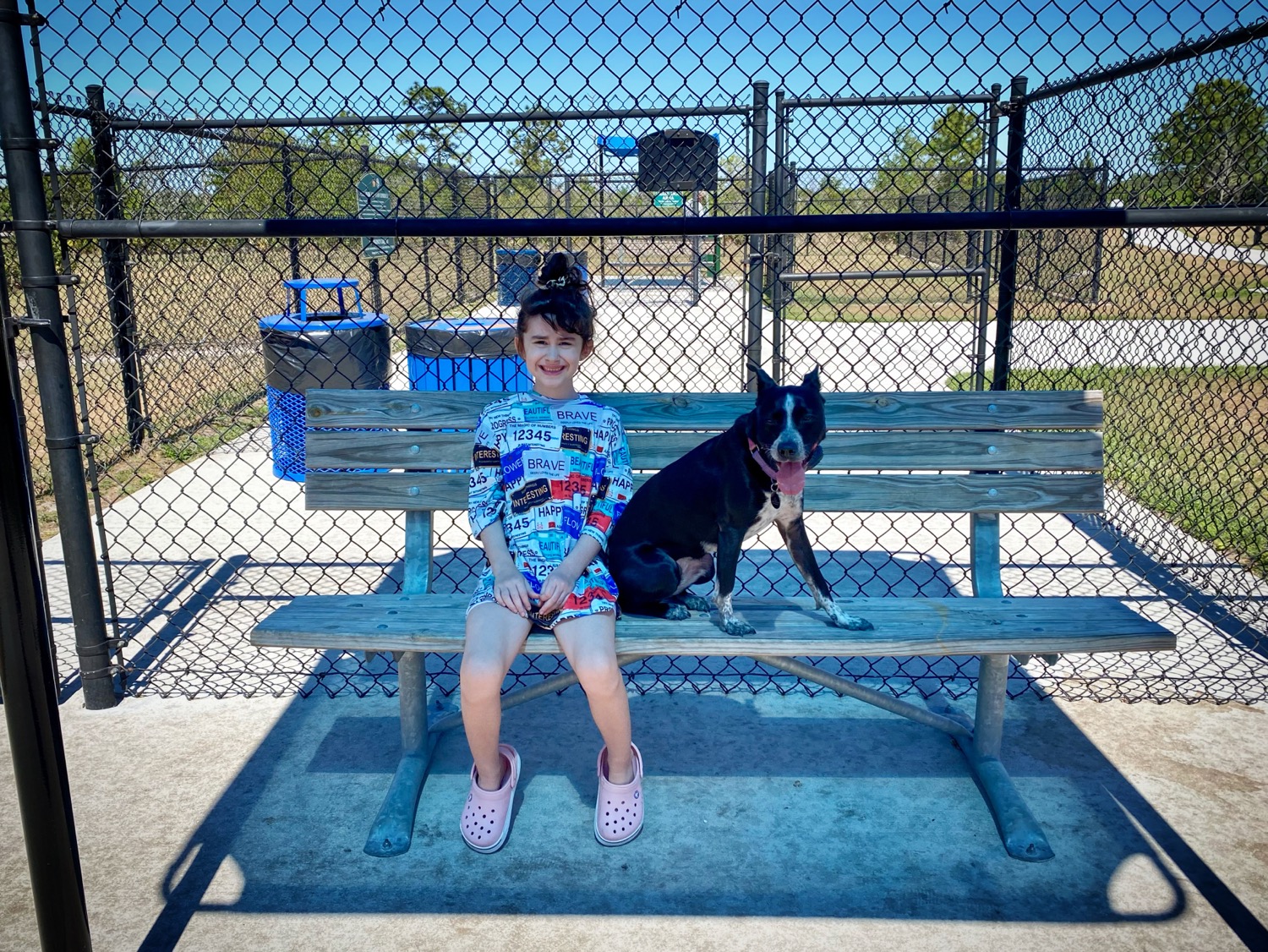Tackling Canine Challenges: Addressing Bad Behaviors Promptly
- Jason Parks
- Oct 16, 2023
- 3 min read
Introduction
Undesired behaviors in dogs, if left unaddressed, can escalate and become entrenched habits. Addressing these actions promptly and effectively is pivotal in ensuring harmonious coexistence between the dog and its human companions. This article delves deep into understanding, identifying, and rectifying undesirable canine behaviors.
Understanding the Root of Bad Behaviors
Boredom: Dogs often resort to destructive behaviors when they feel unstimulated.
Lack of Training: Without proper guidance, dogs might not understand what's expected of them.
Anxiety: Separation anxiety or generalized anxiety can lead to a host of problematic behaviors.
Medical Issues: Some bad behaviors arise from underlying health issues.
Seeking Attention: Dogs might engage in undesired actions to get noticed, especially if it garners them attention in the past. Common Undesired Behaviors and Their Solutions
Excessive Barking:
Address potential causes: boredom, fear, attention-seeking.
Use training commands like "quiet" or "enough."
Ensure the dog's physical and mental needs are met.
Chewing:
Offer chew toys to redirect the behavior.
Use deterrent sprays on off-limit items.
Supervise when introducing new items into the dog's environment.
Digging:
Provide a designated digging area in the yard.
Ensure ample exercise to reduce excess energy.
Address potential causes, such as boredom or the instinct to hunt.
Jumping Up:
Teach the "sit" or "stay" command to curb this behavior.
Turn away or step back when the dog jumps, indicating the behavior is unwanted.
Reward the dog when all four paws are on the ground.
The Role of Positive Reinforcement
Timely Rewards: Offering treats, praise, or toys immediately after desired behavior reinforces that behavior.
Avoid Negative Punishments: Scolding or physical punishments can instill fear, leading to more behavioral issues.
Consistency is Key: Always reward good behavior and address bad behavior in the same manner to avoid confusion.
The Need for Prompt Intervention
Preventing Habit Formation: The longer a behavior is practiced, the harder it becomes to rectify.
Safety Concerns: Some behaviors, like aggressive biting or running away, pose safety risks.
Strengthening Dog-Owner Bond: Addressing bad behaviors strengthens mutual respect and trust.
Tools and Techniques to Aid in Behavior Correction
Training Clickers: A tool to mark desired behavior, signaling the dog that a reward is imminent.
Ultrasonic Whistles: Can be used to deter barking or capture a dog's attention.
Specialized Toys: Puzzle toys or treat-dispensing toys can curb behaviors arising from boredom.
Professional Training Classes: In some cases, seeking the help of a professional trainer can provide tailored solutions.
Importance of Socialization in Preventing Undesired Behaviors
Exposing to Varied Environments: Helps dogs adapt and reduces fear-based reactions.
Interaction with Other Dogs: Teaches social cues and appropriate play behavior.
Meeting Different People: Reduces fear and aggression towards strangers. Advanced Behavioral Challenges and Solutions
Aggression: Seek professional guidance. Identify triggers and work on desensitization.
Separation Anxiety: Gradual desensitization to being alone. Ensure the dog is exercised before being left alone.
Resource Guarding: Use the "trade-up" method, offering a higher-value item in exchange for the guarded one.
Continuous Monitoring and Adaptation Behavioral Journals: Keep track of when the undesired behavior occurs to identify patterns or triggers. Routine Vet Check-ups: Ensure there are no underlying health issues causing the behavior.
Stay Updated: Continuously educate oneself on dog behavior and training techniques. Consider refresher training sessions.
Conclusion Dogs, akin to humans, have a spectrum of behaviors – some delightful and others challenging. Addressing undesired actions promptly is crucial in guiding the dog towards becoming a well- behaved, balanced companion. With consistency, understanding, and the right tools and techniques, even the most daunting behavioral challenges can be effectively tackled. Remember, every dog deserves the opportunity to be the best version of itself. Addressing bad behaviors promptly ensures not just a well-behaved dog, but also a stronger, more fulfilling bond between dog and owner.




Comentários